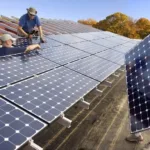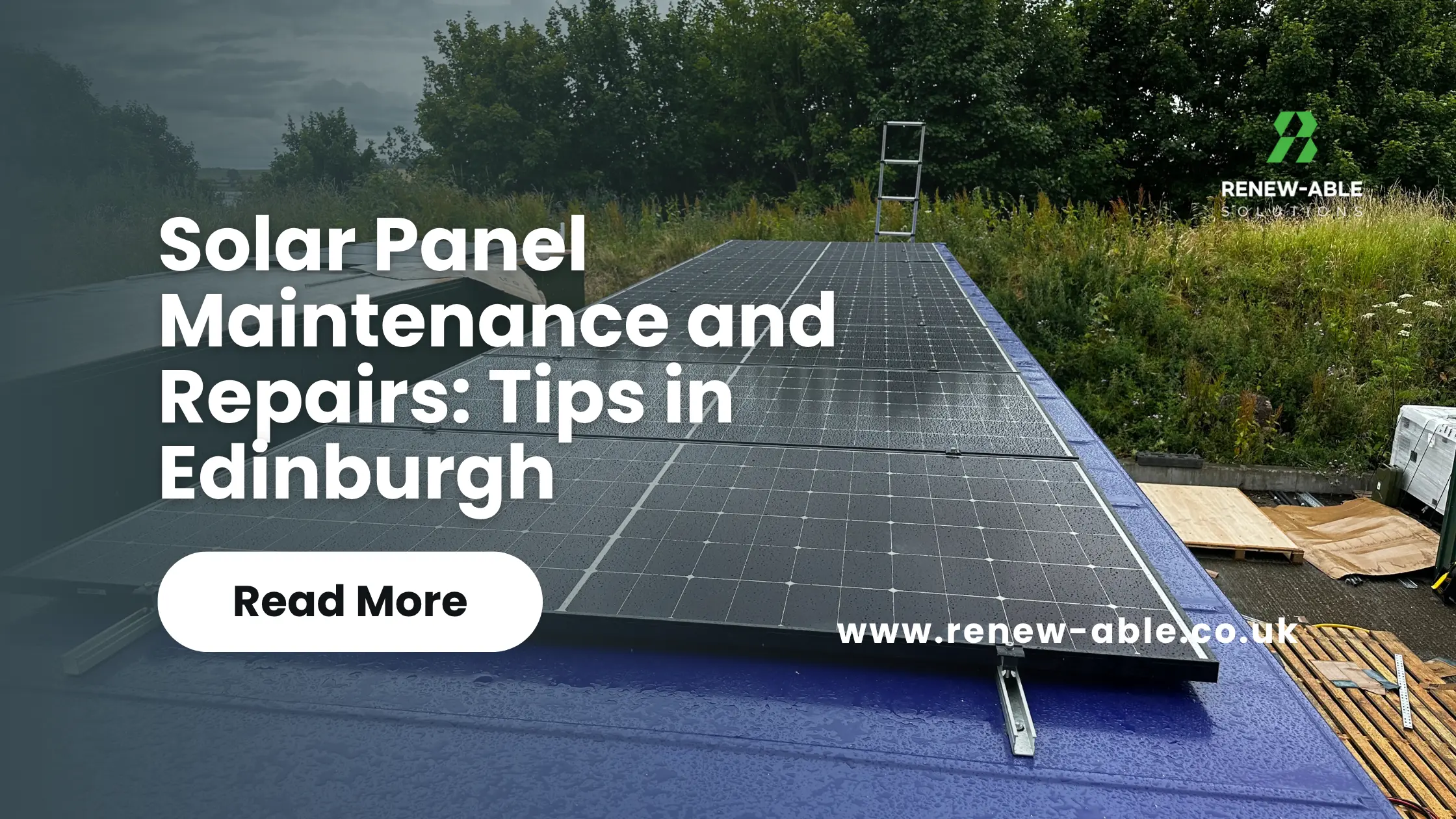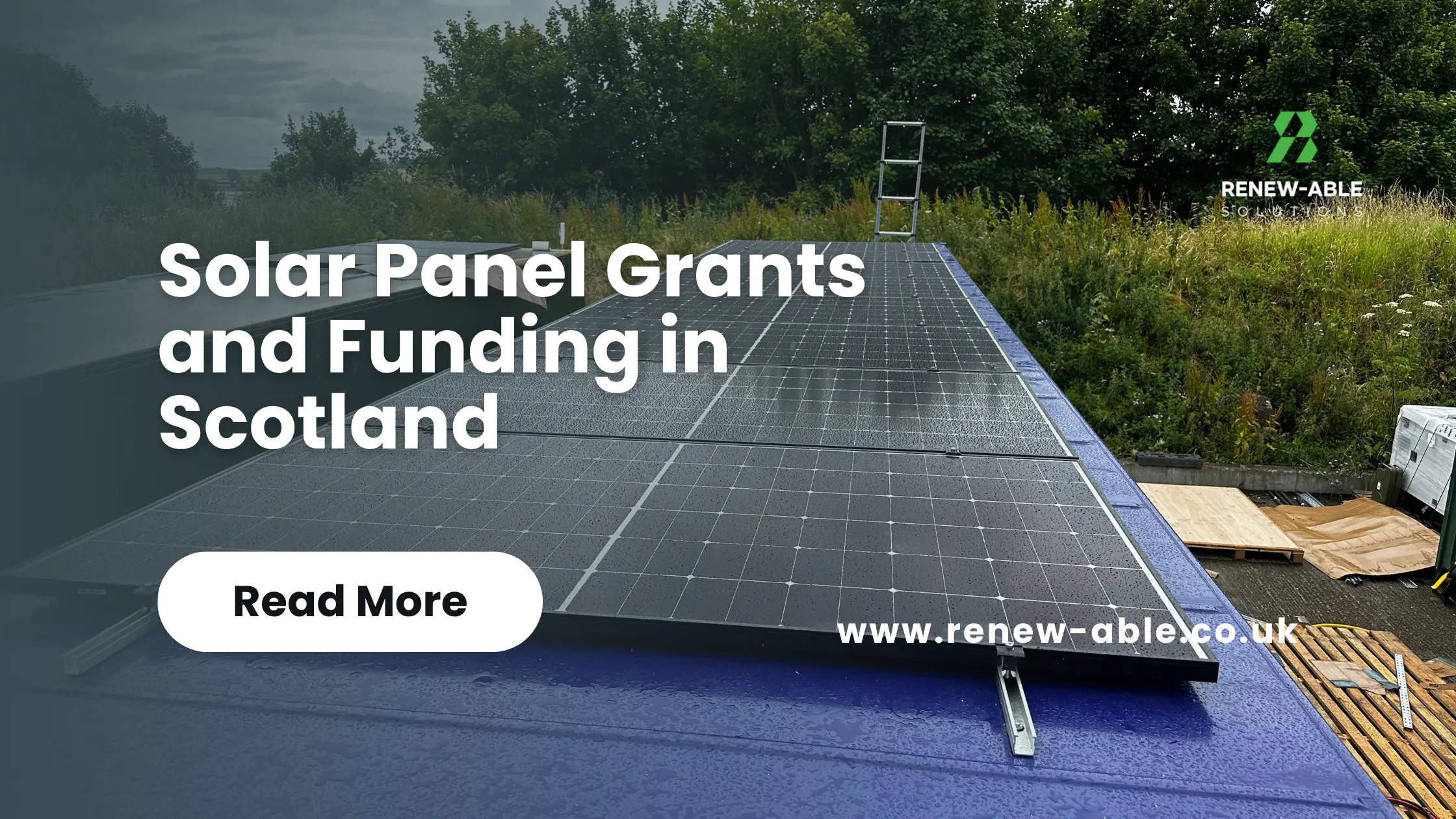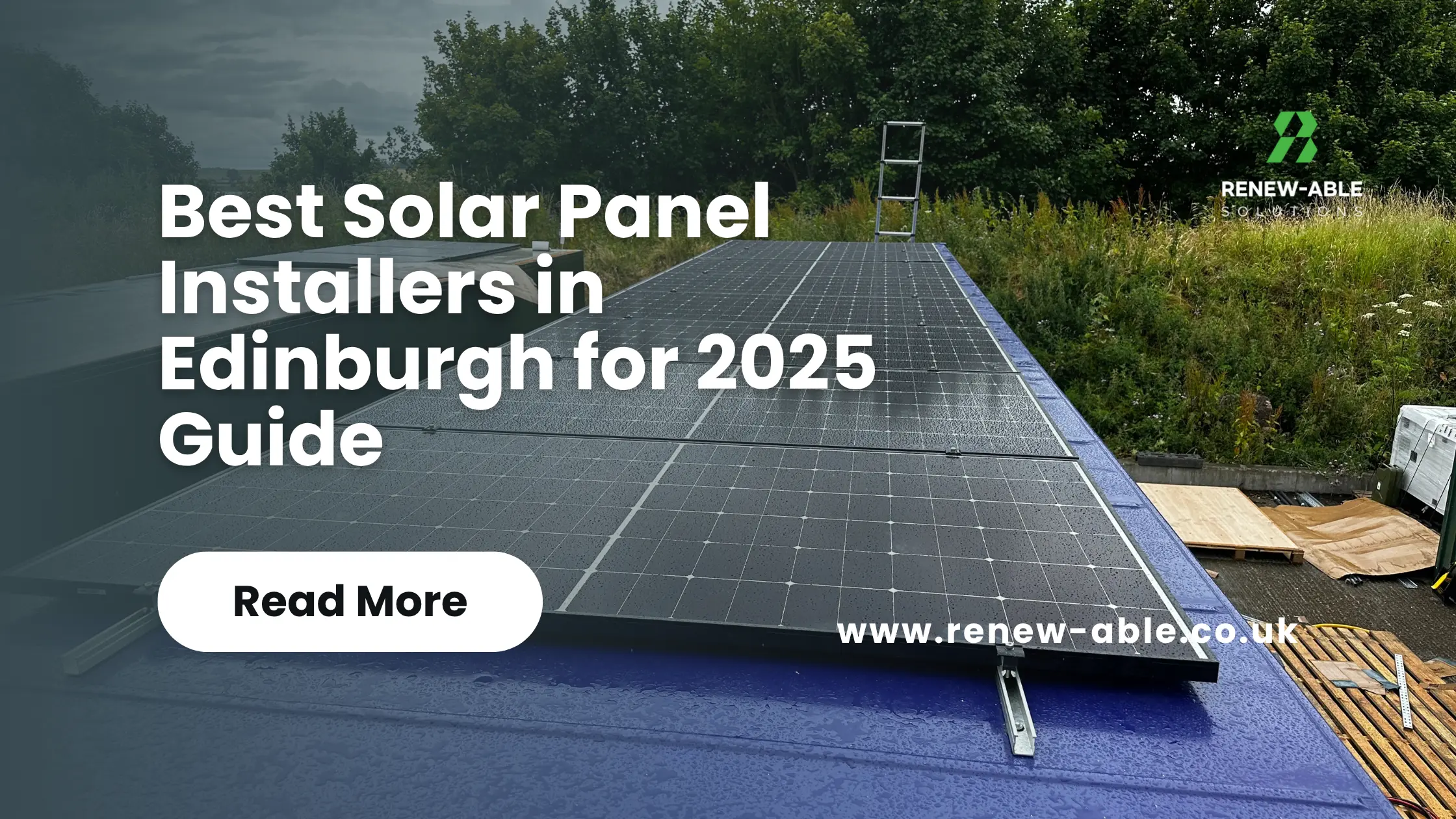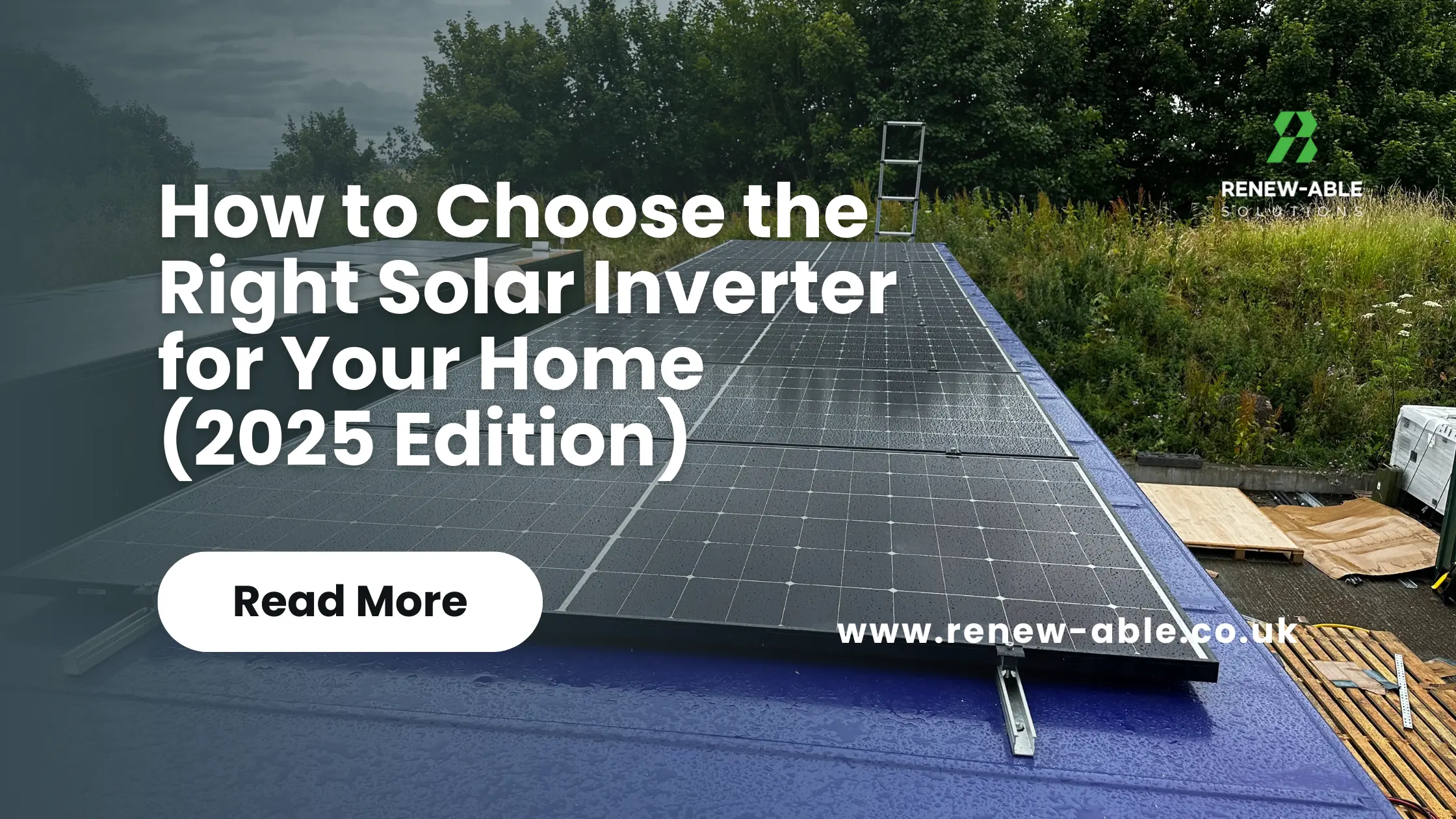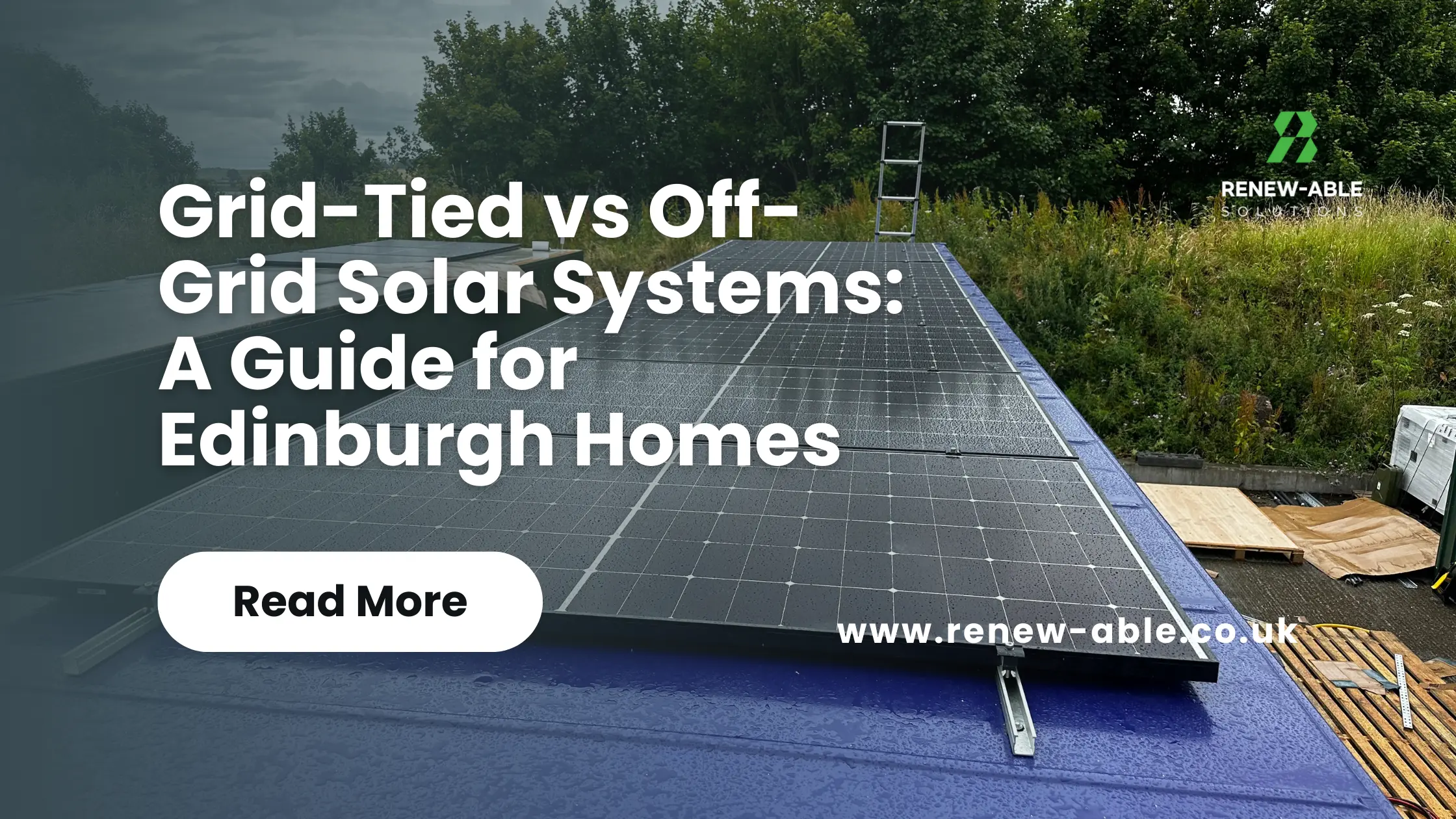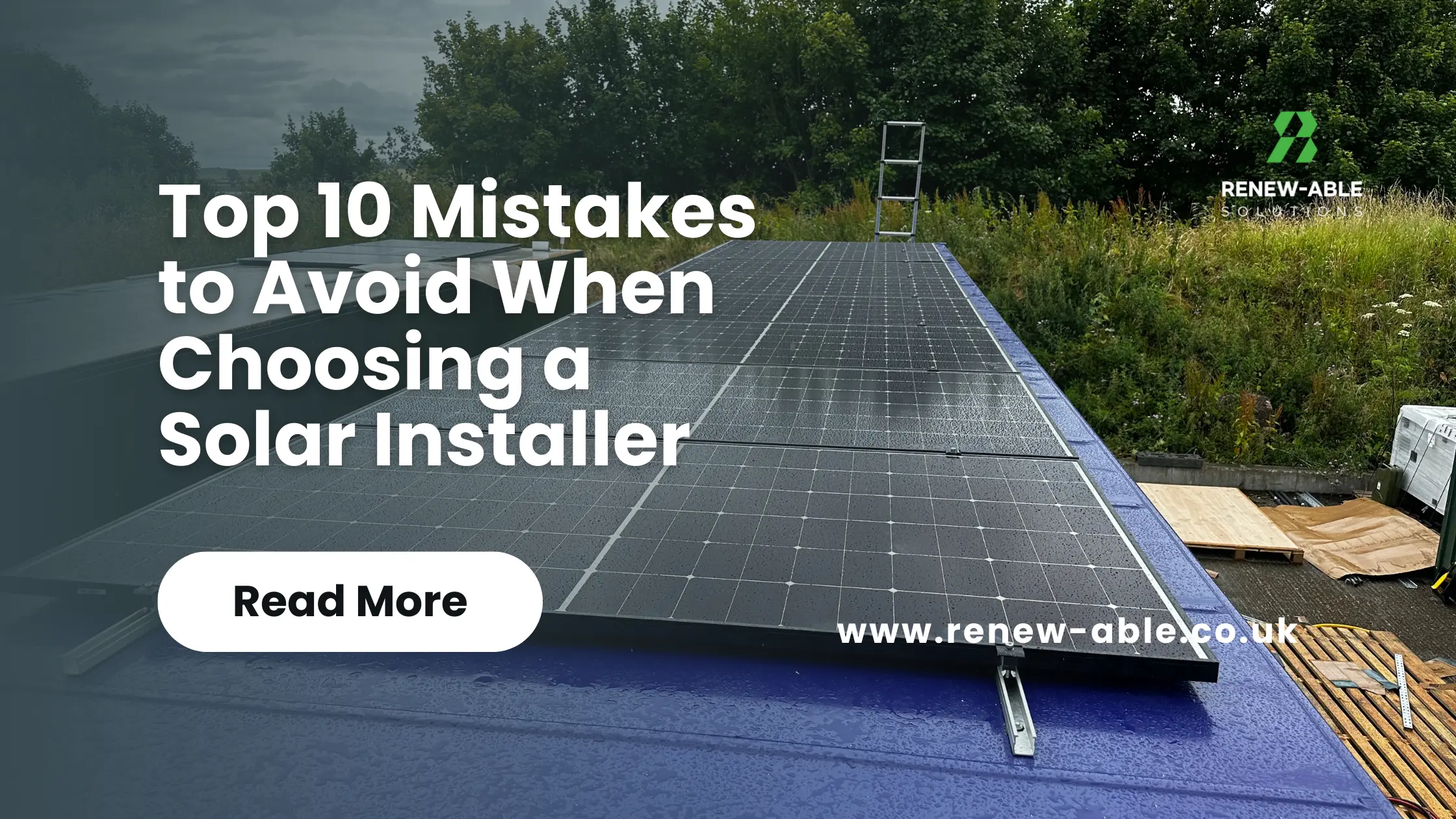Solar installers and homeowners have more options when it comes to their solar system design. In this article we discuss micro-inverters vs DC optimisers and delve deep into the differences of each.
Micro-inverters and DC optimisers are equally great in optimising the power output of solar panels individually. But compatibility with solar batteries at their low cost makes them the best for complementing an off-grid system on a budget. High voltage transmission makes microinverter systems the best for safety, system scalability and reliability.
It’s no longer news that a partially shaded solar panel with low output can drag down the overall system in conventional solar installations, this is despite the newer Solar panels coming with Bypass Diodes.
For this reason, solar panel optimisation is a serious consideration when going solar. It involves including module-level power electronics (MLPE) in each solar panel in the PV system. These devices allow each solar panel to give its maximum power output irrespective of the performance limitations of other panels in the system.
Micro-inverters and DC optimisers are module-level power electronics (MLPE) used for solar panel optimisation. They perform the same function (give each panel maximum power output) but differently.
When designing a PV system for the best possible power output, one discussion is always about micro-inverters vs DC optimisers. This article will give you everything you need to know about these two module-level power electronics.
Micro-Inverters vs DC Optimisers
Specifically:
- What micro-inverters and DC optimisers are, and how they work
- The similarities between microinverters and DC optimisers
- The differences between microinverters and DC optimisers
- When to choose micro-inverters or DC optimisers
Let’s start the discussion with MLPEs
What are Module-Level Power Electronics?
Module-level power electronics are devices that maximise the performance of a PV system. They do this by improving the Maximum Power Point Tracking (MPPT) in each module and adjusting the voltage, allowing the module to give its maximum power output irrespective of the performance limitations of other panels. They are also known as solar panel optimisers.
MPPT is an advantage over the typical central or string inverter configuration in terms of power output. This fact makes MLPE a critical option to consider when designing PV systems.
The first MLPE that came onto the market was the micro-inverter from Enphase. The product consists of a device that performs the same function as a central or string inverter – converting DC to AC. The only difference is that the device performs this function separately in every module. That way, the output power of each module is independent of the performance limitations of the others.
The second MLPE product that came onto the market was the DC power optimiser. This device is designed as a DC-DC converter that maximises or optimises the DC power output of each module and then sends optimised DC power to a string or central inverter that performs the DC-AC conversion.
Just as with the micro-inverter, the DC-DC converter performs the MPPT of each module, making them independent from the limitations of the other modules. The market leader in this type of technology is SolarEdge, but other options are available like Tigo Energy.
What Is A Micro-Inverter?
A micro-inverter is a Module-Level Power Electronics (MLPE) that does DC to AC conversion at the module level, making each solar panel function independently and optimising each solar panel individually.
A microinverter is a miniaturised inverter attached to a solar panel to do the work of a standard string inverter at the module level. As each panel produces DC, the microinverter attaches to it immediately. So, the power generated is transmitted as AC.
The microinverter tracks the maximum power point of each module, with the solar panels connected in parallel. So, each one is independent, which is very different from conventional solar installations.
In the conventional solar system, the solar panels are connected in series to form a string, and the string is connected to a standard string inverter. So, all the solar panels are connected in series to create the string work as “one big solar panel”. That is why one solar panel that is shaded (even partial shading) will drag down the performance of other modules.
The conventional system also has a single inverter. After the solar panels convert sunlight to DC power, this flows to the string inverter, where it is converted to AC power that household appliances can use.
Micro-Inverters vs DC Optimisers
A typical solar system (string inverter) versus a micro inverter solar system
What is a DC optimiser?
A DC optimiser is a module-level power electronics added to the conventional solar system to optimise the DC produced by each solar panel before sending it to the string inverter for DC AC conversion.
So the DC optimiser does not change the typical solar power system much. The devices are just added to the back of the solar panels to ensure that each one outputs maximum DC. The optimised power then flows to the central inverter for DC to AC power conversion.
The solar inverter does everything it does in conventional solar systems. Apart from power conversion, it also shows inverter error codes.

A typical solar system vs a DC optimiser solar system
Similarities Between Micro-inverters And DC Optimisers
Because DC optimisers and microinverters are both module-level power electronics, they have a lot of similarities. These include:
- Improved solar production under shading
- Reduction of panel mismatch losses
- Rapid shutdown requirement
- Improved solar energy efficiency
- Module monitoring
If you want to see what the difference Optimisers V’s Micro Inverters make to Panels with build in Byass Diodes watch this video –
1. Improved Solar Production With Shading Performance
We have mentioned that MLPE performs the MPPT so that the power output of each module is independent of the others.
That presents a huge advantage! Imagine that you have installed your PV system with the corresponding shading analysis, which turned out to be optimum for the conditions.
However, the PV system is expected to have a 25-year lifetime, and many things can change during that time. For example, a new building, a neighbour’s house or a tree can shade your system.
Under such circumstances, if you install a typical centralised or string inverter topology system, your system would diminish its power production as each string of modules is only as strong as its weakest module – in this case, the shaded one.
But if you install an MLPE topology, each unshaded module will be working at its maximum output (according to irradiance levels), while the shaded module will be working below the optimum point but won’t affect the others.
Both micro-inverters and DC optimisers perform this function perfectly.
2. ‘Mismatch’ Loss Reduction
Sometimes, space conditions are not as ideal for PV panels as they should be.
The ideal landscape for a PV array is a flat, unshaded and vast terrain in the middle of nowhere with a high level of radiation.
However, such an ideal environment is only available at a utility scale. When we supply solar PV at a residential or commercial scale level, the conditions are not always favourable.
Sometimes, space limitations force the installer and homeowner to consider strings in different orientations.
Placing solar modules in different orientations creates the so-called mismatch losses, referring to the reduction in the system’s total power output due to different maximum power points in each string (each string receives different amounts of solar radiation across the day).
When the central inverter needs to perform the MPPT function, the inverter cannot find the maximum power output for each string of modules and just sets some point in between. This phenomenon causes losses throughout the year that are undesirable.
Moreover, imagine that you install a set of solar modules from a particular brand. Everything performs well; some time passes, and unfortunately, one of your solar modules gets damaged, and you need to replace it.
As the solar market evolves, new technologies become available while old technologies are left behind. Therefore, you might have a situation where the module’s model in your system is no longer available, forcing you to select another power size, module or brand.
Having multiple modules of different sizes, characteristics, or models is undesirable in any PV system that works with string or central inverters. The reason is the same as stated before; the series is only as strong as its weakest module.
If you select an oversized replacement module, it will never perform at its maximum, while if you choose an undersized module, the whole string will adjust its power output to the new one. This power reduction is known as a mismatch loss.
Both micro-inverters and DC power optimisers allow you to avoid mismatch losses altogether; just erase them from the map!
The reason is that every module’s power output is independent of the other, meaning that you can set your modules in the orientation that you like!
And you can replace the module with whatever model you like!
3. Both help with rapid shutdown requirements
One of the ongoing trends in the solar industry worldwide is the rapid shutdown requirements of PV systems.
High DC voltage can be deadly for anyone who steps out on the roof without the proper safety precautions.
Grid-tied string and central inverters are designed to shut down when no frequency from the power grid is detected, meaning that all the loads will shut down, but the PV modules will still be generating DC.
Under unusual conditions such as natural disasters – flooding or fire in buildings, firefighters would need to come in and would be at risk of an exposed or damaged wire.
In many cases, people are forced to take shelter on the roof, which could be full of solar PV power. This also exposes unqualified people to the risk of high DC voltage contact.
Taking these events into account, National Electric Codes worldwide have started to include Rapid Shutdown requirements for new PV systems; where a single button or switch should be able to bring all the components of the system (including the module’s output) down to a minimum DC voltage.
This should be able to activate in the absence of power from the grid, both onsite (roof) and remotely (ground floor, for example).
Here in the UK, concern for introducing this safety measure is being debated, and, probably, it will eventually be instigated. In fact a recent whitepaper by Zurich has shown the significant danger adding solar PV to any building and how fire is becoming a widespread issue.
Now, how are MLPE and rapid shutdown requirements related?
Unlike central and string inverters, MLPE reduces DC voltage to a minimum in the case of the power grid going out.
Micro-inverters from Enphase set the voltage to zero at the module level, while DC optimisers from SolarEdge reduce voltage to 1 V at the module level.
This means your system will remain safe while at the same time keeping firefighters and others safe under unusual conditions.
Unfortunately, these rapid shutdown requirements also increase the cost of the system because a special combiner box is required. However, including micro-inverters or DC optimisers in your system will save you money.
4. Improved Solar Energy Efficiency
It is sometimes said that DC optimisers are more efficient than micro-inverters, and they are 99.5% efficient (for instance, SolarEdge DC power optimisers).
However, we must remember that DC power optimisers are DC-DC converters; therefore, converting DC to AC still needs to be done by the central inverter with varied efficiency. Taking the example of SolarEdge, the weighted efficiency is 98.8%.
On the other hand, micro-inverters perform the AC conversion directly; therefore, the rated efficiency represents the overall efficiency of the power output. Taking the case of the IQ7 Series from Enphase, the weighted efficiency is close to 97%.
We can also see a typical difference of nearly 2%, such value can vary depending on brand and model, but the difference is minimum in most cases.
5. Module Monitoring
One of the most significant advantages of MLPE is the ability to monitor the rated performance of each module through an Energy Management System like Envoy from Enphase. This allows the evaluation of the estimated energy output and peak power from every module.
How is this useful? When you think about the regular operation, you can evaluate whether or not the system is behaving as predicted by design.
Moreover, detection of failures is easier with these systems. So, one reason why you may want a power optimiser (microinverter or DC optimiser) is panel-level monitoring. They allow you to view not just the aggregate power output of the entire array but of individual panels (panel-level power output).
Differences between Micro-inverters and DC Optimisers
While micro-inverters and DC optimisers are both for solar panel optimisation, they are very different devices.
These differences are the reason for the “micro-inverters or power optimisers (DC optimisers)” discussion in the solar industry. Because these two solar panel optimisation devices are very different, one can sometimes be more suitable than the other.
The differences between microinverters and DC optimisers can be seen in:
- System’s expansion restriction
- Safety concerns
- Effect against PID (potential induced degradation)
- System’s reliability
- Cost
- Power clipping
- Compatibility with solar batteries
Which is better micro inverters or optimizers?
1. Expanding Your Solar System
The first significant difference that might come to mind is the system’s expansion restriction.
Micro-inverters are excellent for expanding the system, as every module-micro-inverter kit works independently. Therefore, if you want to expand your system, just work out how many panels you need to add and simply add the same number of micro-inverters.
On the other hand, DC power optimisers and PV modules need to be sized according to the maximum DC voltage input of the central or string inverter of the system. Therefore, expanding the system could involve changing the inverter, which would be more expensive.
2. Micro-Inverters Have Improved Safety
As mentioned above, DC optimisers and micro-inverters shut down if the grid fails or if it’s turned off.
However, the difference lies in the regular operation of the system. Under the DC optimisers configuration, modules connected in series add more voltage, resulting in an elevated DC voltage.
High DC voltage is considered dangerous in any case, as can be seen in the video below:
On the other hand, microinverters self-extinguish any arc faults between conductors, which increases the safety of the overall system.
3. Potential Induced Degradation (PID)
This phenomenon is associated with another electrical-physical phenomenon known as leakage currents.
To present it simply, leakage currents are undesired current flows between the surface of the crystalline silicon and the metallic frame of the modules, which cause the module’s output power to decline.
Follow this link to study more about the PID.
There are several causes for PID, but one of them is the high DC voltage of PV systems – 1000 V and above.
When considering these voltage levels, the phenomenon can become a PV system problem in the medium to long term, being a cause of failure that is very hard to detect.
As mentioned earlier, DC optimisers only perform the MPPT tracking at the module level, but the output voltage of the entire system remains high. Therefore, DC optimisers don’t have any favourable effect on PID.
On the other hand, microinverters maintain voltage and power conversion at the module level. Therefore they significantly reduce the chance of failure due to PID in a PV system.
4. Micro-inverters Are More Reliable
One of the most significant disadvantages of DC optimisers not often mentioned is that if any individual optimiser, communication system (between optimiser and inverter), or the inverter fails, then the complete string and even the PV array fails too. In a DC optimiser system, a single failure will ground the whole solar system.
But microinverters have the highest reliability levels of all PV systems because the AC power output has multiple “small sources” of power, so it’s not concentrated on a single component. If a microinverter fails, you’ll only lose production from the one solar panel attached to the microinverter.
5. DC Optimisers Are Cheaper
Cost is the main downside for microinverters. The system involves more electronic devices for every module, so the overall cost tends to be higher than all the other configurations of PV systems.
Just for a quick comparison, according to SolarEdge, the cost per Watt of DC power optimisers is close to 0.4 – 0.55 USD per Watt, while for micro-inverters, the price tends to vary between 0.56 and 0.66 USD per Watt.
6. What is the disadvantage of micro inverter? Micro-Inverter Power Clipping
Another significant downside of microinverters not often mentioned is the power clipping.
SolarEdge DC power optimisers are allowed to work with modules of 420 Wp and 125 Vdc, allowing the maximum DC power output according to radiation levels at the site, which is then converted to AC power from the inverter.
However, Enphase microinverters have limited module power DC input (depending on the microinverter) and a vast AC output limit.
For instance, if you look at the Enphase IQ7 Plus (the latest microinverter on the market) datasheet, you will find that the highest DC power module connected to the microinverter is 440 Wp. Still, the maximum power output that can be obtained in AC is 295 VA. Assuming a power factor of 1, the active power would be 295 W, nearly 70% of the maximum peak power of the module!
This means that DC optimisers can ‘activate’ earlier in the day and collect more power. Enphase will take longer to ‘switch on’ in the morning.
7. Compatibility with solar batteries
This is a game-changing aspect, as the option to apply storage expands the possibilities of different configurations of the PV system (off-grid, back-up, grid-tied with battery back-up).
Here, DC optimisers can interact with batteries as they have a DC power output that can be connected to charge controllers to charge the batteries and then supply power to DC loads or the inverter.
It’s important to mention that it is crucial to select the StorEdge inverter to obtain backup features with the DC optimiser. Otherwise, when the grid goes off, so will the system as a safety measure.
Microinverters have a significant downside here.
As the output of the microinverter is AC, no charge controller can be connected to charge batteries; therefore, a battery-based inverter needs to be installed (the one that uses AC to charge the batteries).
Enphase offers a solution for this problem with IQ Storage, which consists of an integrated system of inverter/battery of 1.2kW standard. So if you want to add more batteries, they must all be 1.2 kW.
The issue with this storage system is that it does not work for backup and off-grid purposes.
The system only allows the user to store solar energy and use it when the feed-in tariff is higher.
Which is better – microinverters or DC optimisers?
Microinverters and DC optimisers are equally significant when it comes to their primary function (to optimise solar panels individually).
The choice between microinverters or DC optimisers depends on other factors like:
- System Topology
- Budget
- Reliability
- Safety Concerns
For example, if the topology is for off-grid or backup purposes, DC optimisers will be better because they are more compatible with battery storage.
If you are on a budget, the apparent winner is the DC optimiser, as they are relatively cheaper than micro inverters. DC optimisers for the 6kW system that is very popular in the UK will cost about £1,600, while microinverters will cost about £2,000.
However, if you are on a budget such that you want to start small and scale up later, microinverters will be better. This is because they are more scalable. You can simply add any amount of panels, with their microinverters attached, to the system later on to increase its size. However, with a DC optimiser system where the panels are sized according to the string inverter, adding new panels will mean changing the string inverter.
If reliability is a big issue, microinverters may be better. In a solar system, the inverter is the most likely to fail. With the DC optimiser system powered by a string inverter, if the inverter fails, the entire system collapses. However, if a microinverter fails, the solar system loses production only from one solar panel.
If you have serious safety concerns, microinverters will be a better option than DC optimisers. In DC optimisers systems, the power generated is transmitted in high voltage (up to 600 V) across the roof. Knowing about DC arc faults and the fire risks they present, the high voltage transmission of DC optimiser systems may make you want to go for microinverter systems which transmit power in relatively low voltage (240 AC V).
Check Out Our Guides to Solar Inverters
guides to solarRenew-Able Solutions Solar panel installers, air source heat pumps, ev chargers, home battery storage
1. What Are Solar Inverters? How Do They Work?
The solar inverter is a very important part of your solar power system: photovoltaic panels generate direct current (DC) when they receive sunlight, but your home appliances run with alternating current (AC) like that from the grid. In simple terms, the solar inverter is the device that converts DC power to AC.
2. How To Choose A Solar Inverter
There has never been a better time to switch to solar in the UK. Some households can even switch for £0. As the focus grows on solar energy, so does the list of available equipment. The solar inverter is like the heart of a solar system, and there are a number of considerations that go into choosing a suitable solar inverter.
3. Single-Phase vs Three-Phase Inverters: What Are They And Which One Do You Need?
Here is a common rule of thumb to help differentiate between single-phase vs three-phase inverters. Residential homes will usually use a single-phase power supply or inverter, while commercial or industrial facilities will use three-phase supplies, however due to the electrification of transport and heating more new houses are coming with a 3 phase supply.
4. What Do Solar Inverter Error Codes Mean
Solar inverter error codes notify you of a situation threatening the normal operation of your solar power system. Many different things can go wrong and disrupt electricity generation from a solar PV system. The inverter will detect it and generate corresponding error codes to notify you.
Next Steps
Interested in solar? Need to speak to a person that will generate a bespoke and customised quote suitable for you? Get in contact with us today and find out how you can generate your own electricity and do your bit for the planet.
Don’t wait until next months bloated bill, and get started today!

